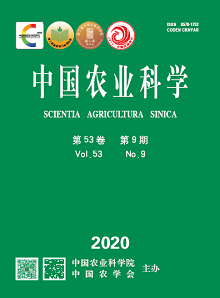【Objective】Spatial prediction is an important approach to obtain location-specific values of soil organic matter (SOM), which is an important figure of soil fertility and farmland management properly. This study was performed to compare different digital soil spatial mapping methods of SOM to get better prediction accuracy and to reveal the spatial non-stationarity characteristics of environmental covariates and the spatial scale of different environmental covariates at the same time. 【Method】In this study, the digital soil spatial mapping method was used, which was a combination of Multiscale Geographically Weighted Regression Model with simple Kriging of the residuals (MGWGK) for mapping SOM in seven towns from Jinzhong Basin. The performance of MGWRK with those of Ordinary Kriging (OK), Regression Kriging (RK), and Geographically Weighted Regression Kriging (GWRK) were compared to explore the relationship between influence factors and SOM on the influence degree and space scale. 【Result】Based on the stepwise regression method, 13 indexes were selected as environmental covariables in the modeling, including aspect, slope, height, annual average precipitation, annual average temperature, gross primary productivity (GPP), evapotranspiration (ET), topographic wetness index (TWI), plan curvature, stream power index (SPI), terrain position index (TPI), terrain ruggedness index (TRI), and the annual NDVI. In the multiple linear regression (MLR), the formula had statistical significance. In the Radius index, the performance of each model was in order from good to bad: RK, OK, GWRK, MGWRK. In the mapping performance, MGWRK was close to GWRK, and both of which were better than OK method and RK method. The SOM in the study area, showed a spatial pattern of higher in middle than east and west side, among which the SOM was high in the east of the Fenhe river and the Changyuan river. The influence of aspect, annual average precipitation, annual average temperature, height, TPI and the annual NDVI on SOM in the eastern of the study area was stronger than that in the western. Whiles slope, GPP, ET, plan curvature, SPI and TRI showed opposite influence in spatial. The influence of TWI on SOM was stronger in the northern than the southern. 【Conclusion】The spatial prediction accuracy of MGWRK was 69% of RK, 71.74% of OK, and 71.17% of GWRK. MGWRK performed well in the spatial non-stationary features and the spatial visualization, which provided a reference for prediction of SOM and description spatial non-stationarity characteristics.









